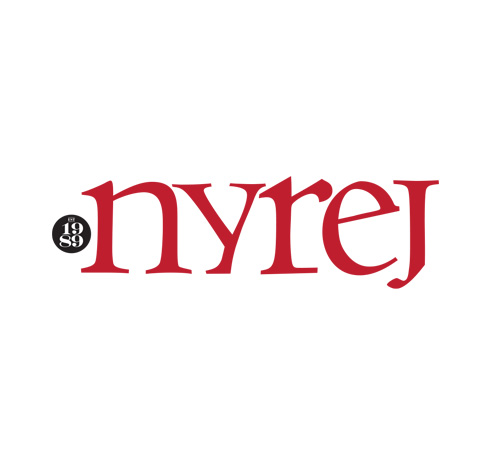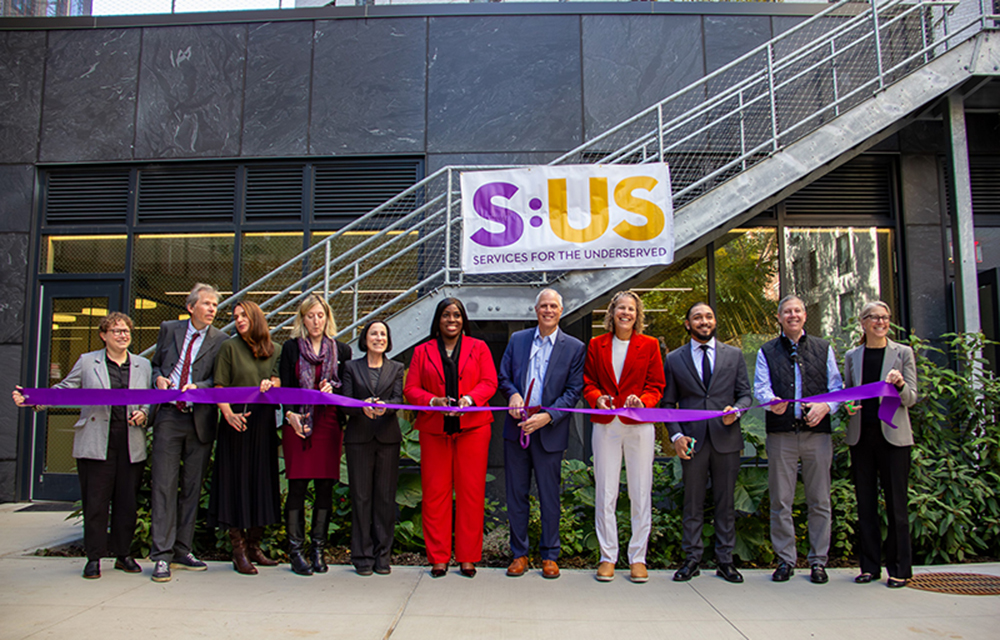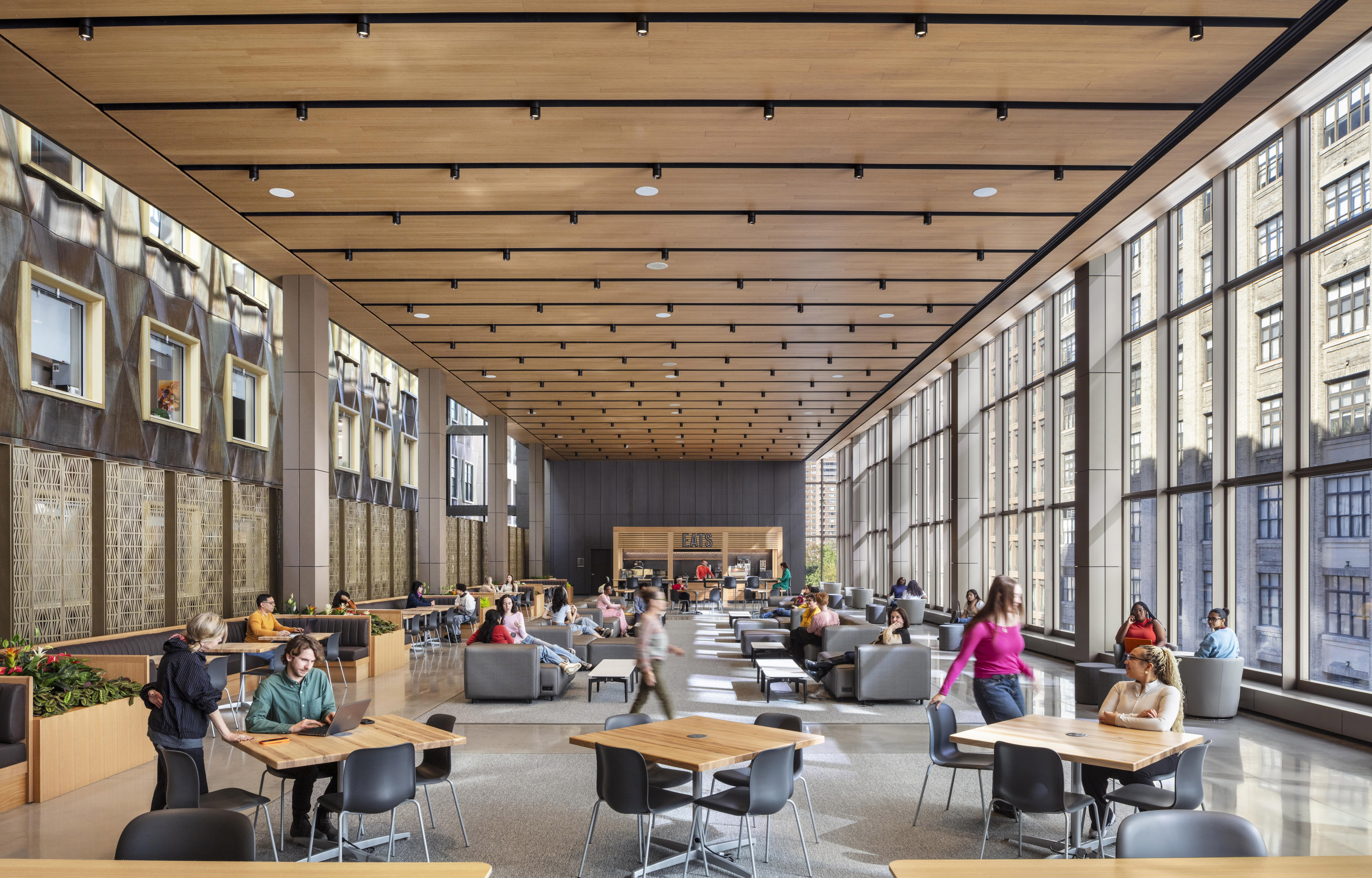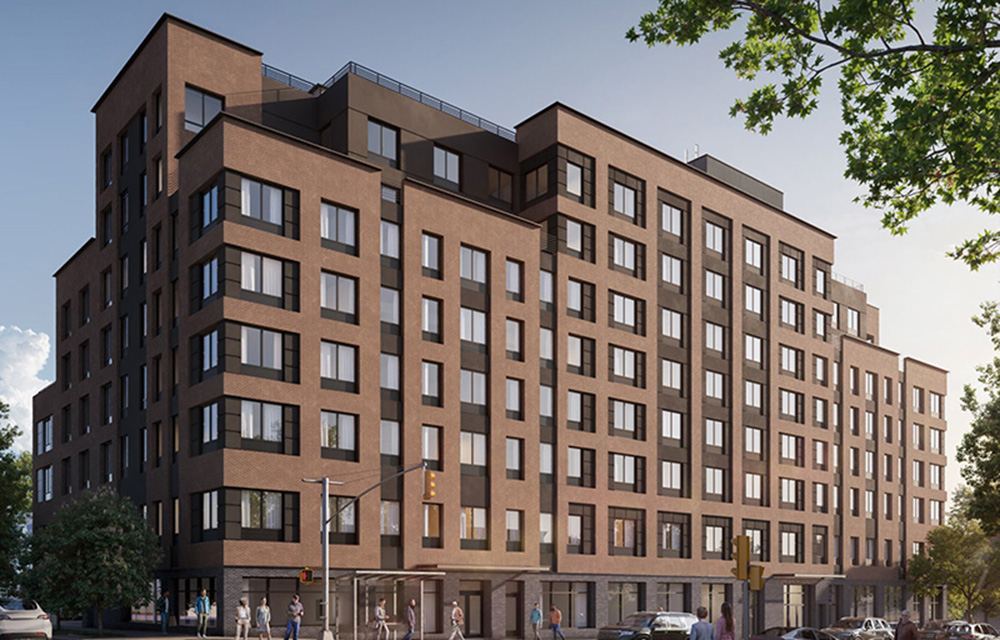Top trends for greener buildings in 2018: Healthy buildings and wellness within them - by Steven Schleider

Metropolitan Valuation Services
This year, there is a groundswell of interest in one trend above all others: healthy buildings and wellness within them.
This isn’t to say that LED lighting upgrades, solar power, new building management technologies, reduction of greenhouse gas emissions, interest in net zero buildings and achieving energy savings have fallen by the wayside. Far from it.
Energy savings is still the leading green building dynamic. In addition to substantial cost savings, new laws regulating energy usage and public reporting have upped the ante with regard to not only compliance, but also maintaining a good, green corporate citizenry brand.
There are other trends worth noting. Telecommuting is one on the rise as younger workers seek flexibility and self determination in their work and consider working from home to be a job perk, and employers seek to offset the brain drain of retiring baby boomers by keeping current employees.
We could easily write a 5,000-word article on the benefits and downsides of telecommuting. Telecommuting reduces traffic congestion and, thereby, greenhouse emissions. Insofar as its impact on real estate, companies are reporting they save multimillions of dollars in real estate costs.
We’ve been proselytizing about green roofs for years, calling them the next great, green building revolution. Gorgeous, living architecture, green roofs are valuable to building owners and tenants alike. They create a sustainable environment for wildlife, reduce runoff, extend roof life, reduce AC and heating costs, serve as a fire and noise retardant, contribute to air quality, and greatly enhance a property’s marketability and value by providing viewable or useable garden and recreational space. They can also be used for sustainability points for certifications and give an owner bragging rights on their building’s green profile.
Trends in green roofs include greater emphasis on native plantings; “communities” of plantings that work together to improve the ecosystem; self-watering and fertilizing systems that take the emphasis off maintenance and place it on monitoring; and more easily moveable planting containers.
Before we discuss trends in wellness, let’s connect the dots between increased worker health and productivity and building value.
As a commercial real estate appraiser with a LEED-AP BD+C designation, I see the answer as: it all accrues to the bottom line. Productive employees increase their company’s profitability, enabling them to afford higher rents in better buildings. Building owners benefit by tenant retention when their building’s sustainability and green best practices are in alignment with their tenants’ policies. Healthy, green buildings are, quite simply, more valuable buildings.
There is a growing body of study, including one from Harvard’s Chan School of Public Health, that links upgraded indoor air quality and worker productivity that, in turn, improves a company’s bottom line. Thus, employers, architects, developers and other building owners are becoming more aware of the monetary value of healthy buildings and offices.
The topic of wellness in office facilities, like telecommuting, can fill volumes because it covers everything from lighting to ergonomic seating; daylight vs. indoor light; green plants that provide oxygen and relaxation to workers; on-site food options; exercise, relaxation and meditation rooms; use of color; proximity to other workers; cubicles vs. open work spaces; workplace temperature; the use of natural materials (and, new, what designers are calling “sophisticated recycle” with a higher aesthetic); encouraging employees to take the stairs; providing stand-up desks; comfortable open areas for collaboration and more protected spaces for introverts and solitary workers; air quality; and so much more.
We’ll leave the specifics of the challenges and strategies of what is being called “biophilic design” to wellness professionals, architects and sustainability experts, but do have one more comment on the bottom line.
With so much to take into account, how do you measure health and wellness as opposed to something like energy usage? The answer is “certifications,” another way of saying let the experts decide.
Nearly a year ago, we wrote about a new certification, WELL from the International WELL Building Institute. I called it, rightly so, the one to watch as it positions your company and property as being a leader in healthy spaces. Their website currently lists more than 530 projects totaling over 100 million s/f that are applying WELL concepts. Building owners can register their project onsite and explore becoming WELL certified.
If you’re interested in reading about more green topics as they affect commercial properties, log onto our blog at www.mvsappraisal.nyc where you’ll find articles on solar, greenhouse gas emissions, green roofs, how cats, rats, bats and sharks are helping.
Steven Schleider, MAI, MRICS, LEED-AP BD + C, is the president of Metropolitan Valuation Services, New York, N.Y.
Troutbrook expands with boutique condo project and Marriott Fairfield Inn & Suites renovation








.gif)
.jpg)

.gif)